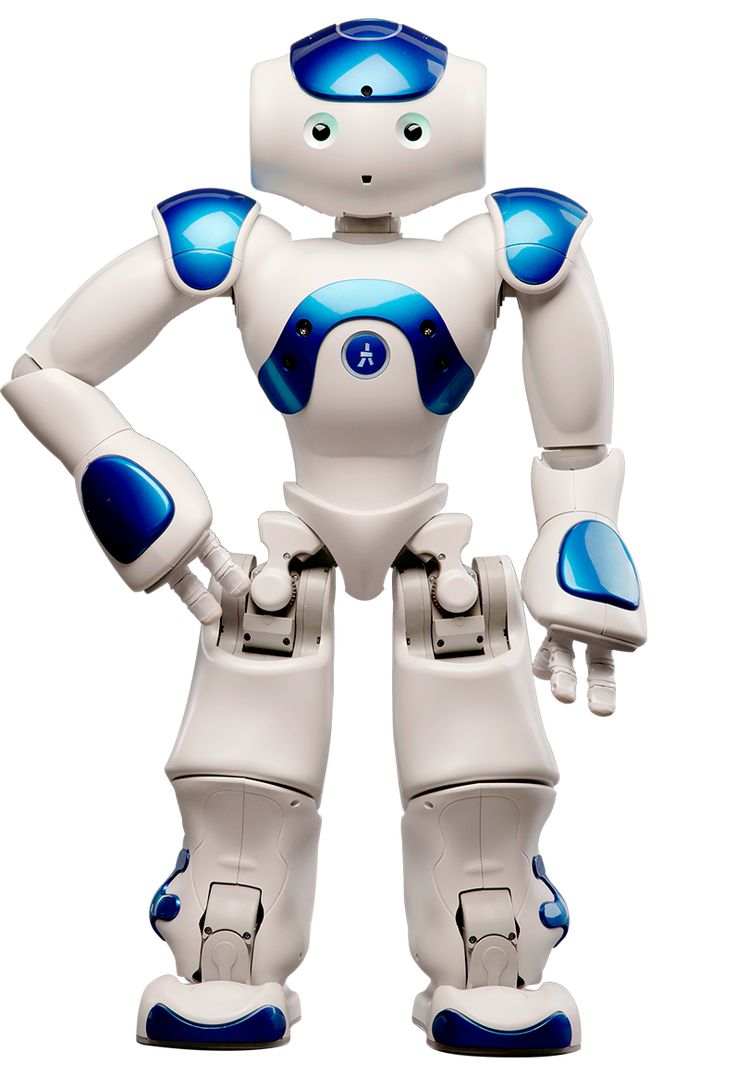Unlocking new possibilities in robotic manipulation, Thomas Turutel and his team at University College London have pioneered a breakthrough in soft robotics technology. Their creation, a remarkable soft robotic arm, stands out for its ability to prevent object slipping through ingenious wrist movements, offering a promising glimpse into the future of robotics.
At the core of this innovation lies a human-like hand meticulously crafted using a combination of 3D-printed plastic skeleton and soft silicone material, mimicking the tactile sensation of human skin. Equipped with 32 sensors distributed across the palm and fingers, this soft robotic hand boasts unparalleled sensitivity to pressure variations. Complementing this intricate design is a movable arm with a motorized wrist, enabling dynamic adjustments essential for object manipulation.
To train this remarkable robotic hand, researchers subjected it to a diverse array of objects, fine-tuning its gripping capabilities through a series of wrist movements. Initially trained on small plastic balls, the hand swiftly adapted to more complex objects, including household items like peaches and computer mice. Despite its simplistic design, the hand exhibited remarkable dexterity, reliably grasping 11 out of 14 randomly selected items, showcasing its potential for real-world applications.
Addressing the challenge of object slipping, the team employed AI algorithms trained on sensor readings from successful and unsuccessful capture attempts. Leveraging this data, the AI system learned to anticipate slipping instances and execute preemptive wrist adjustments to maintain a secure grip. Remarkably, under AI control, the soft robotic arm achieved an impressive success rate of approximately 79%, underscoring the effectiveness of this innovative approach.
While Robert Katzschmann from the Swiss Federal Institute of Technology acknowledges the limitations of the soft robotic hand in simulating the full range of human grasping capabilities, he emphasizes the significance of the experiment in demonstrating the AI's ability to discern nuanced gripping patterns. This groundbreaking research, published in the journal Advanced Intelligent Systems under the title "Predictive Learning of Error Recovery with a Sensorised Passivity-based Soft Anthropomorphic Hand," heralds a new era in robotic manipulation, paving the way for enhanced dexterity and adaptability in future robotic systems.














